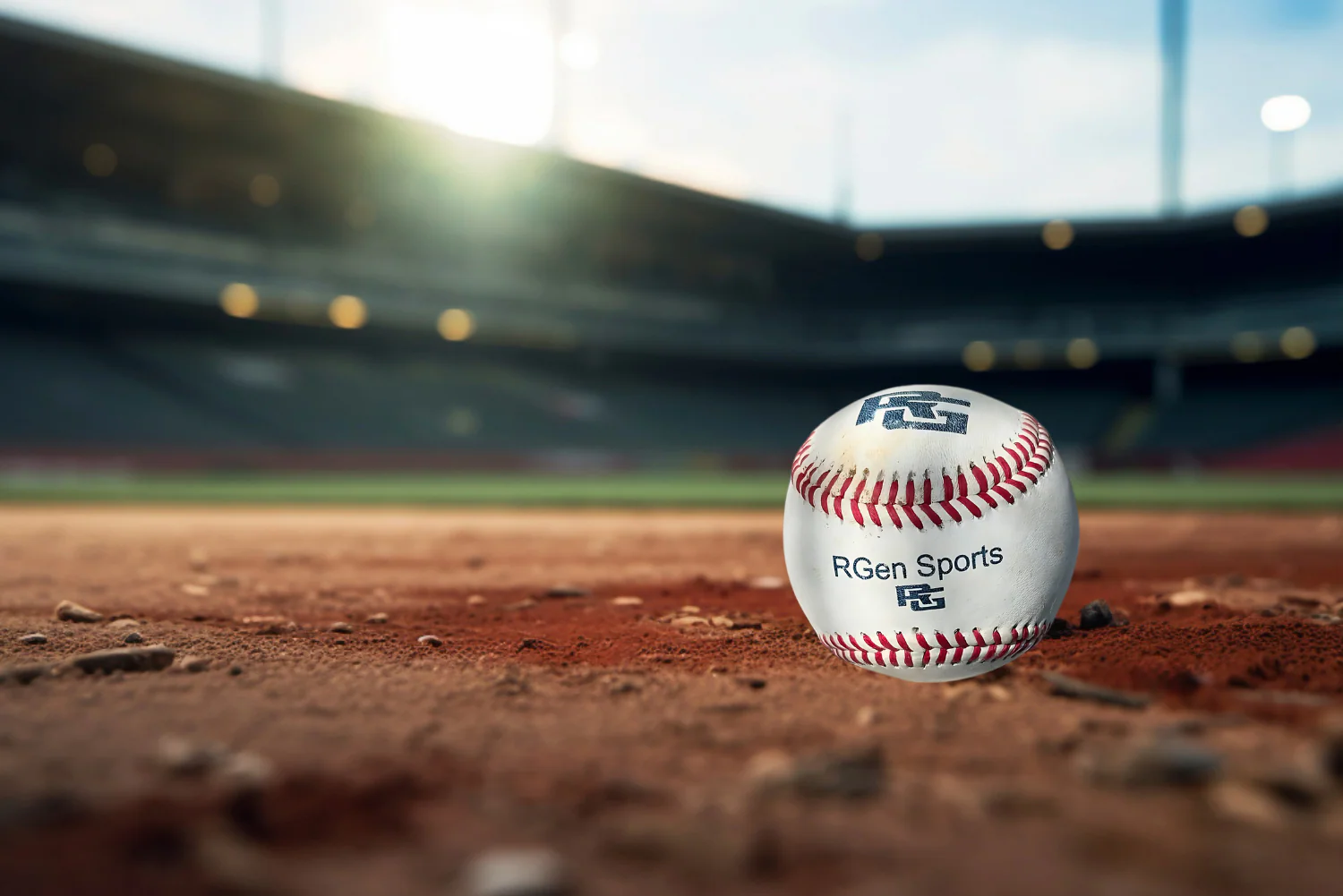Baseball has always been more than just a game; it’s a blend of tradition, skill, and the right tools for the job. From dusty sandlots of the late 1800s to today’s professional stadiums, the quality of play has always been shaped by the equipment used on the field. The term Baseball field equipment covers much more than bats and gloves — it includes everything that prepares the diamond, supports players, and ensures fair, safe, and exciting games. Over time, the evolution of this equipment has changed the way baseball is played, making it faster, safer, and more precise.
In this article, we’ll take a detailed journey through history to see how field equipment has evolved, why certain innovations became standard, and how today’s technology continues to shape the future of baseball.
The Early Years: Simplicity and Improvisation
When baseball began to take shape in the mid-19th century, the “field equipment” was simple — and often improvised.
Fields were uneven, often just open patches of grass or dirt with a few markers for bases. The bases themselves were sometimes made of whatever was available — rocks, bags of sand, or even pieces of wood. Pitcher’s mounds were flat patches of dirt, without any standard height or material.
Key points from this era:
-
No standardized base dimensions — base bags varied in size and shape.
-
Dirt infields without grooming equipment meant unpredictable ball bounces.
-
Home plate was often just a flat piece of metal or stone.
This was an era where skill had to compensate for poor field conditions. Batters faced uneven pitches due to rough mounds, and fielders had to adapt to unpredictable grounders.
1900–1930: The Push for Standardization
As baseball gained popularity, leagues began standardizing baseball field equipment. The rules now specified base sizes (15-inch square), pitcher’s mound distance (60 feet 6 inches), and home plate shape.
Bases and Home Plate
Bases were now made from canvas filled with a soft material, such as kapok or cotton, to make sliding safer. Home plate became a five-sided slab of rubber, durable enough to withstand constant impacts.
Pitcher’s Mound
Mounds began to be raised to a standard height of 15 inches, which gave pitchers an advantage in velocity and downward angle. Grounds crews began using wooden frames filled with dirt to maintain the mound’s shape.
Field Maintenance Tools
This era also saw the introduction of rakes, drags, and early water sprinklers to keep infields playable. Drag mats, made from steel mesh, helped level the dirt after games.
The improvements in this period gave players more consistent conditions, which improved the fairness and competitiveness of games.
1930–1960: Better Materials and Professional Groundskeeping
The mid-20th century saw significant changes in Baseball field equipment due to advancements in manufacturing and materials.
Turf and Infield Dirt
Groundskeepers began blending clay, sand, and silt in precise ratios for better infield playability. This mix allowed for good drainage while maintaining a firm surface for fielding.
Bases and Anchoring Systems
New anchoring systems held bases firmly in place while allowing them to break away during slides, reducing injury risk. This design became a standard across professional and amateur leagues.
Protective Fencing and Netting
Chain-link fencing became more common for backstops and foul territory, protecting fans from stray balls. While simple by modern standards, this was a significant improvement in safety.
This was also the period when the role of the groundskeeper became recognized as a vital part of the team, with dedicated crews for professional fields.
1960–1980: The Technology Era Begins
By the 1960s, baseball fields started to incorporate advanced technology in their equipment and layout.
Artificial Turf
The Houston Astrodome introduced artificial turf (AstroTurf) in 1966, a revolutionary development in field surfaces. While controversial at first due to its hardness, it allowed for perfectly level and green playing surfaces year-round.
Batting Cages and Practice Facilities
Permanent batting cages were installed in most stadiums, and portable cages became common in training fields. This era laid the foundation for modern Indoor batting cages and Outdoor batting cages used today.
Improved Pitcher’s Mounds and Bullpens
Portable mounds were developed for indoor practice facilities, allowing pitchers to train without access to the main field. Bullpens were equipped with better rubber pitching plates and mound clay.
This era also marked the beginning of specialized equipment suppliers for baseball, leading to a surge in product quality and variety.
1980–2000: Focus on Player Safety and Precision
As baseball became more competitive, the demand for precision-engineered Baseball field equipment grew.
Breakaway Bases
Modern breakaway bases became standard in the MLB in 1981, significantly reducing lower-leg injuries from sliding collisions.
Protective Netting
By the 1990s, netting extended beyond the backstop to protect fans along foul lines in certain stadiums, reducing spectator injuries.
Field Grooming Machines
Motorized grooming machines replaced manual drag mats, allowing grounds crews to maintain consistent infields between innings.
Weather Management
Advanced drainage systems, rain tarps, and heating systems under turf kept fields playable in challenging weather conditions.
These improvements combined to create a safer and more consistent playing experience for athletes while enhancing the viewing experience for fans.
2000–Present: Smart Fields and Modern Innovations
Today’s baseball fields are a product of over a century of innovation. Baseball field equipment now includes high-tech solutions designed for precision and efficiency.
High-Performance Turf
Both natural and synthetic turfs are engineered for ideal ball bounce, speed, and player safety. Natural fields use hybrid grass varieties resistant to wear, while synthetic fields incorporate shock-absorbing layers.
Advanced Bases and Plates
Bases are made from heavy-duty rubberized materials with reinforced anchoring, and home plates are engineered to remain level even under extreme weather.
Digital Field Monitoring
Sensors now track soil moisture, turf health, and even player movement to optimize field conditions.
Training Equipment
Modern training setups include retractable batting cages, automated pitching machines, and portable mounds for year-round practice.
Eco-Friendly Practices
Many stadiums now use recycled materials in turf and energy-efficient lighting systems for night games.
The Impact of Equipment Evolution on the Game
The journey from sandlot improvisations to high-tech stadiums has transformed baseball in several ways:
-
Players enjoy safer playing conditions.
-
Games are less likely to be postponed due to poor field quality.
-
Skills are more accurately tested thanks to consistent surfaces and equipment.
These changes have also allowed for better fan engagement, as fields are more attractive, and games flow more smoothly.
Looking Ahead: The Future of Baseball Field Equipment
The next chapter in baseball’s evolution will likely focus on sustainability and enhanced training technologies.
Possible developments include:
-
Fully recyclable turf systems.
-
AI-driven field maintenance robots.
-
Smart bases that track player speed and reaction times.
-
Modular stadium components for quick reconfiguration.
As these innovations emerge, the spirit of baseball will remain the same — but the tools will keep getting better.
Conclusion
From uneven dirt lots to meticulously maintained stadiums, the story of Baseball field equipment is one of constant improvement. Each innovation has brought the game closer to the ideal balance of fairness, safety, and excitement. Whether it’s the reliable design of bases, the precision of modern mounds, or the advanced training aids like Indoor batting cages and Outdoor batting cages, today’s game stands on the shoulders of decades of innovation.
For players and coaches, understanding this evolution isn’t just about appreciating history — it’s about recognizing the role that quality equipment plays in performance. And for those looking to equip their fields, the modern marketplace offers the best that over a century of development has to offer.
FAQs
1. What are the most important pieces of baseball field equipment for safety?
Bases with breakaway designs, protective netting, and high-quality turf are crucial for reducing injuries.
2. How has turf technology changed baseball fields?
Modern turf, both natural and synthetic, offers consistent ball behavior, better drainage, and improved player safety compared to older surfaces.
3. Why were breakaway bases introduced?
They were introduced to reduce the risk of injuries during sliding plays, especially lower-leg and ankle injuries.
4. Are indoor and outdoor batting cages essential for training?
Yes, both types provide controlled environments for hitters to practice year-round, regardless of weather conditions.


